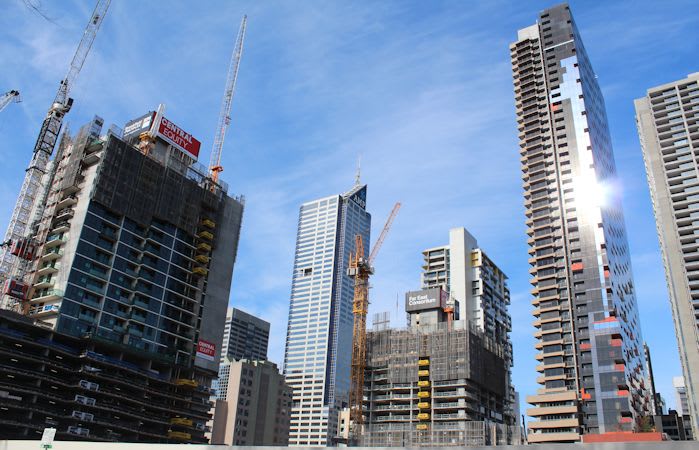VPELA seminar on Melbourne's Housing Equation
At the start of June, I along with another Collie staff member attended a VPELA seminar that focused on housing affordability and design. Four guest speakers from a diverse range of professions including Urbanxchange, Elenberg Fraser, Breathe Architecture and the Property Council of Australia shared their thoughts on Melbourne’s current housing supply and the types of housing supply required to meet housing needs for all.
In the seminar there was a particular focus on apartment style development, which is topical given the recent release of the ‘Better Apartments Discussion Paper’ by the State Government.
It was agreed by all speakers that more affordable housing is required to accommodate the thousands of Melburnians who for various reasons are unable to either rent or purchase a house at market price. It was raised by a number of speakers that the State Planning Policy Framework currently lacks direction on this issue and individual Councils often do not moderate expectations on affordable housing with what is feasible from a developer profit perspective.
An example of a good initiative, was in the City of Port Phillip where a developer was granted approval to construct a bonus three levels for providing some affordable housing. This example could be implemented on a more regular basis through incentive based zoning, which has been highly successful in Vancouver in providing community facilities.
In relation to appropriate design, most speakers linked this topic directly to apartments and the possible introduction of an apartment design code following the ‘Better Apartments Discussion Paper’. There was a general consensus, and Collie agrees, that apartment size should not be mandatory as this would stifle apartment design.
Innovative and creative design to use smaller spaces, and in some cases use the same space for multiple purposes, is a way of delivering apartments that provide a high level of amenity. An example of the creative use of space was illustrated in a video where the layout of an apartment of just 8 square metres in Paris could be reconfigured virtually instantly to accommodate a single bed, a table and chairs, a book shelf and additional wardrobe / storage space.
Whilst 8 square metres is generally considered to be an unacceptable size for a dwelling, the video illustrated how creative design in small spaces can achieve liveable and functional space. We acknowledge however, that such innovative / good examples are the exceptions that are more difficult to write into planning controls.
In addition, use of the same space by many residents is more efficient and can foster a sense of community in situations where it may not normally occur. An example was given in which a high rise apartment building contained several shared facilities such as a gym, pool, library, lounge or dining room.
Apartment design also tied into with the affordability issue where for example, forgoing a larger apartment with a dining room for a smaller apartment that relies on using a shared dining room can increase affordability for the purchaser.
Examples of creative and innovative design were also highlighted by Breathe Architecture, the architects who designed the Commons apartment development adjacent to Anstey train station and the Upfield bike path in Brunswick. In an effort to reduce costs, many elements were removed in the construction and marketing of this development that many other developers would consider to be essential, such as car parking, air conditioning, individual laundries, a real estate agent and a marketing team.
The development was able to compensate for the loss of some of these elements through the provision of green and solar roofing with a communal laundry, a dedicated car share service and bicycle parking. Exposed concrete ceilings and not tiling the bathrooms were further examples of savings in the cost of construction, which allowed Breathe Architecture to deliver a more affordable housing product.
Collie is in the process of making a submission in response to the Better Apartments Discussion Paper which will be made available on our web site in due course.
This article appeared on Collie's website on June 5th. Michael Collie is Director at Collie Pty Ltd, a multi-disciplinary Southbank-based firm with interests in strategic planning, development planning, urban design and landscape architecture.
